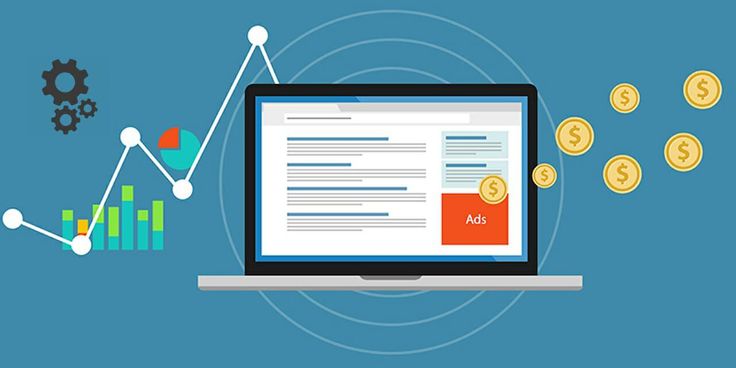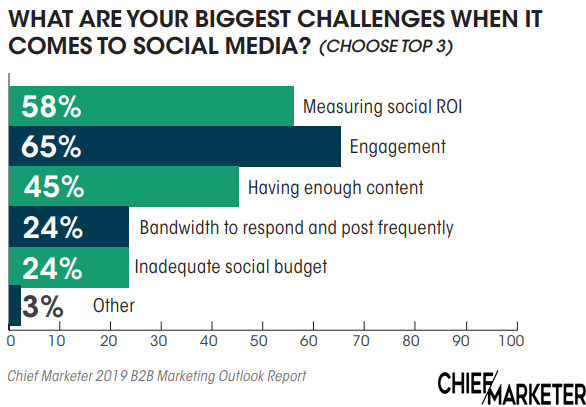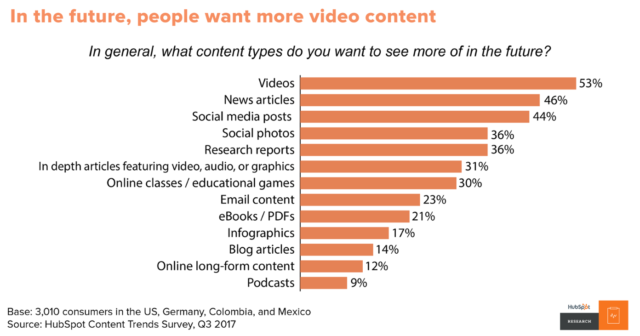
Earned Media is publicity generated by others to promote your business. It can come in the form article, write-ups or social media posts. Public relations are a tangible and organic proof of a marketing campaign's success. The following are three ways that earned media can help your business. 1. Get new clients
Earned media refers to publicity that is generated by others for no cost to your business or you.
In the past, customer feedback was limited to telephone calls and dinner conversations. Today, customers are able to express their opinions online about products and services, as well as on Yelp, TripAdvisor, and other websites. These reviews are frequently well-read and can be used by other customers to help them make buying decisions. HubSpot Research recently found that 57% Americans trust recommendations from family and friends. Earned publicity is free publicity from others, at no cost to a business owner.
Earned media can range from small viral videos to major news outlets. It can be a free form of publicity or a profit generator if used properly. This type of publicity is achieved when other people write about your company without any effort from you. Examples of earned media include a company review on Yelp, a Facebook public thank you from a satisfied customer, or a news website releasing details about a new product. With the advent of social networking, earned media has become increasingly popular for businesses.
It is tangible and organic evidence that a marketing campaign has been successful
Earned Media can be in many forms. It includes press coverage, social mentions, retweets or product reviews. Also, articles and blog posts that are not written by employees of the company. Earned media is more trusted than paid media but it can also be valuable for increasing organic reach. Earned media is also a great way to build brand advocates. A PR team is as essential as ever.

For example, a coffee company could generate lots of earned media through social media. This means the brand is able to get people to talk about its coffee or espresso drinks. It's possible to get mentions on media that people don't find interesting or relevant. This allows brands to increase their social media followers and build brand loyalty among consumers.
It can be stimulated through social media
The reward system of human beings is determined in part by the brain's ventral Tegmental area. These receptors are stimulated when we receive positive feedback from social media. It has been found that social media users who are addicted to it will have more trouble controlling their time online than others. While social media is a great source of information for those who are not addicted, there are parallels with narcotic drugs and gambling.
Social media usage triggers the dopamine reward system, which is also linked to food, exercise, sex and love. Although results are not conclusive on the effect of social media, they show that excessive stimulation can lead to increased feelings of connection. SMU could be able increase brain dopamine levels by as high as 13% in as short as 10 minutes. The use of social media has been linked with lower stress levels.
It can be found in online articles, write-ups, and reviews
Earned media, like SEO, can help boost your brand's popularity and sales. Earned media can come from online articles, reviews, or write-ups. Trade publications can share brand information that is low-circulation in mainstream media and high conversion rates. A brand doesn't want bad reviews from trade magazines. Trade publications have a well-established audience and a reputation that makes their content useful to their readers.

Earned media comes in many forms. While it is more difficult to find, it can offer great opportunities for your brand. Blogs and other individuals can share information about your product through video, online articles or unboxing videos. It can also be generated through customer reviews, press mentions and word-of-mouth. It is a powerful way to generate media. Word-of-mouth marketing involves sharing stories from others and getting feedback.
FAQ
What is strategic marketing?
Content Marketing is the art of creating valuable content for others to share across channels. It's all about giving people exactly what they want. The best companies are those that get this.
Strategic Content Marketing will ensure that you provide them with exactly what they require at the right moment.
Knowing what people care most about is key. Listening carefully can help you understand their thoughts and feelings. Next, you need to create high-quality content which answers their questions or solves their problems. This builds trust, loyalty, and ensures that you are always in their minds when they need your product/service.
How do I get started in Content Marketing?
Start by identifying your audience. Who are they? What are their needs and wants? What can you do to help them? Once you know who you're writing for, you can determine where to focus your efforts.
What are the various content strategies?
Content strategy is a general term that describes all aspects of how content is created, managed, distributed, measured, and optimized for digital channels. It encompasses more than what you post on social networks like Facebook and Twitter. It also includes what content you select to highlight on your blog, website, and other online properties.
Content strategy is crucial because it determines where your focus should be, what content types to use, and how you communicate with your audience.
It's all about understanding how content fits into your overall business goals and objectives in order to help achieve them.
Statistics
- Progress indicators (0–100%) allow each team member to see how attainable each goal is and understand what remains to be accomplished. (semrush.com)
- Seventy-two percent business to business (B2B) (mailchimp.com)
- Companies that use content marketing see approximately 30% higher growth rates than businesses not using it. (mailchimp.com)
- Forty-seven percent of buyers view 3 to 5 pieces of content before engaging with a sales representative. (mailchimp.com)
- To further show the importance of this, 89% of people have stopped doing business with a company because of a poor experience. (neilpatel.com)
- Out of the 1,500 marketers we surveyed for our State of Content Marketing report, 78% who felt their content marketing strategy was exceptionally effective in 2021 had documented their strategy. (semrush.com)
- An example of an overarching goal could be: "In 2022, we want to achieve a 20% increase in revenue created by organic content and generate 15,000 MQLs with a budget of $30,000." (semrush.com)
- According to the Content Marketing Institute, 70% of B2B marketers and 86% of B2C marketers surveyed use content marketing in some form or other. (criteo.com)
External Links
How To
Infographic Creation Tips for Content Marketing
Infographics can be a great way to simplify complex concepts and make it easy to understand. Information marketing is about providing valuable and useful information to your target audience. Infographics are a great way to share this message.
For creating an infographic you'll need software such as Adobe Illustrator and Photoshop. These programs can be used to create different shapes and elements that represent your data. Then, you can add colors and fonts to make it look great. Once you are happy with your design, you can upload images to Unsplash and Pixabay for your design.
Online infographics can be a great source of inspiration. For example, if you want to show how many calories are in certain foods, you could take a picture of a food pyramid and replace the numbers with pictures of those foods. Another option is to take a picture of a can of Coke and look at how much sugar it contains.
Once you have created your infographic it is possible to share it via social media channels like Facebook, Twitter and Google+. This helps people who aren't familiar with the concept learn about it. Include hashtags if you plan to share your infographic via social media platforms. This will allow others to see what you're talking. Users can follow along with specific conversations using hashtags.
If you decide to create an infographic, try making your posts shorter than usual. An average blog post will be between 2000 and 5000 words. An infographic, however, only needs 500 to 1000 words. This allows you to convey more information in a smaller space.
Make sure you consider that your infographic will be difficult to read by some viewers. It is important to use large fonts and avoid relying too heavily on colors when designing your infographic. Also, ensure all text is legible.
These are just a few additional tips.
-
Choose an Infographic Template. There are many free templates online. Canva, Piktochart or Google Slides are three of the most well-known templates.
-
Your Infographic is ready. You can use the template to create your infographic. You can use any kind of media that you feel is appropriate for your audience. For example, creating an infographic about the best places to eat in Seattle might choose photos of local restaurants.
-
Add Text. Add text to your infographic once you have it created. You can use Microsoft Word, PowerPoint or Canva to add text.
-
Add images. Your infographic can also include images. These images can include charts, graphs and icons. If you wish to include a picture, ensure it is relevant.
-
Make It Interactive. You can also add interactive elements such buttons, maps, links, and other features. This will help engage your audience.
-
Share. Share the infographic once you're done.
-
Measure. Measure. Are people clicking through to your website or not? Did they signup for your mailing list? Was your infographic received well by them?
-
Improve. Are there ways you could improve your infographic? Are you able to do it better the next time?
-
Repeat. Repeat.